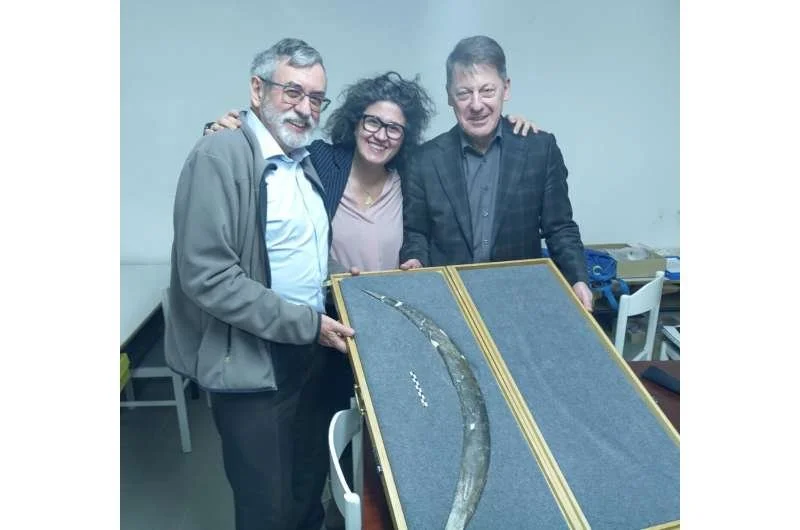Recent archaeological findings in Romania suggest that ancient hominins may have reached Europe as far back as 1.95 million years ago. This groundbreaking discovery, detailed in a study published in Nature Communications, reshapes our understanding of early human dispersal from Africa and their migration across Eurasia.
Uncovering Clues at Grăunceanu
The evidence was unearthed at Grăunceanu, a fossil-rich site south of the Carpathian Mountains. While no direct hominin remains were found, researchers identified cut marks on animal bones, indicating the presence of early humans. These bones, dated to nearly 2 million years ago, belonged to a variety of extinct species, including equine animals, carnivores, rhinocerotoids, and rodents.
Additionally, the region's fossil record revealed the presence of warm-climate species like ostriches, pangolins, and the ancient monkey Paradolichopithecus. Isotopic analysis of a horse fossil further confirmed that the area experienced mild winters and seasonal variability, making it a suitable environment for hominins.
Signs of Early Human Activity
The researchers meticulously examined over 4,500 animal bone specimens, discovering probable cut marks on 20 of them. Eight marks were classified as high-confidence indicators of hominin activity, found on tibiae, a mandible, a humerus, and bone fragments. These marks suggest early humans used tools to deflesh animal remains, showcasing their adaptive survival strategies in a temperate ecosystem.
Identifying the Grăunceanu Hominins
While the precise species of the Grăunceanu hominins remains unclear, the findings push back the timeline of human presence in Europe. Many early hominin fossils in Europe are attributed to Homo erectus or Homo sapiens, but the Grăunceanu evidence predates confirmed appearances of these species.
The first known H. erectus populations emerged in Africa roughly 2 million years ago, suggesting that either H. erectus arrived in Europe earlier than previously thought, or a different hominin species occupied the region.
Hominin Migration Across Eurasia
Before the discovery at Grăunceanu, the oldest European hominin site was Dmanisi, located in modern-day Georgia, and dated to around 1.85 million years ago. The Dmanisi findings include hominin remains and butchered animal bones, with researchers debating whether its inhabitants were Homo erectus, Homo habilis, or a distinct species known as Homo georgicus.
The Romanian site now extends the timeline of hominin migration into Europe, suggesting that early humans ventured into new territories much earlier than previously believed. Favorable climates and resource-rich environments likely facilitated this expansion.
Redefining Early Human History
The evidence from Grăunceanu provides a significant leap in our understanding of ancient human dispersal. It highlights the adaptability and resourcefulness of early hominins as they navigated new landscapes across Eurasia. This discovery not only reshapes the timeline of human migration but also deepens our appreciation of the environmental and ecological factors that influenced these early journeys.







